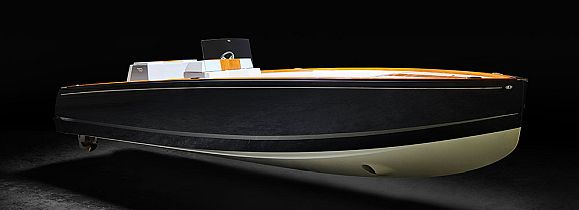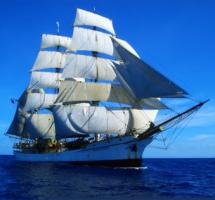 In March of 2018, the barque Picton Castle will set off on its seventh world voyage — an epic year-long voyage under sail. Berths are available for trainees for the full year-long voyage or for individual voyage legs.
In March of 2018, the barque Picton Castle will set off on its seventh world voyage — an epic year-long voyage under sail. Berths are available for trainees for the full year-long voyage or for individual voyage legs.
Beginning in Lunenburg, Nova Scotia, Canada, Picton Castle will sail south to the Caribbean, then through the Panama Canal, to the Galapagos Islands, islands in French Polynesia, the Cook Islands including Rarotonga and Palmerston Atoll, Vava’u in the Kingdom of Tonga, a number of islands in Vanuatu, Bali, Rodrigues, Reunion, South Africa, Namibia, St. Helena, a number of Caribbean islands and Bermuda before returning to Lunenburg in May 2019.
This voyage is open to men and women ages 18+ of all nationalities. No sailing experience is required, just good health and the desire to be a working part of the crew. Click here to learn more.

 As one who is very fond of oyster-flavored oysters, I am not sure that a raspberry, ginger, shallot or muscat flavored oyster is necessarily a good idea. Nevertheless, French oyster farmer Joffrey Dubault, 29, is working to bring these
As one who is very fond of oyster-flavored oysters, I am not sure that a raspberry, ginger, shallot or muscat flavored oyster is necessarily a good idea. Nevertheless, French oyster farmer Joffrey Dubault, 29, is working to bring these 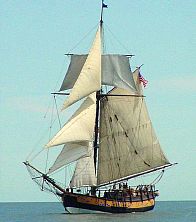 I had kind of lost track of the replica Revolutionary War sloop Providence. In January 2015,
I had kind of lost track of the replica Revolutionary War sloop Providence. In January 2015,  A new study released this week suggests that
A new study released this week suggests that 
 Yacht designer, boatbuilder, and entrepreneur George Cuthberston died on October 3, age 88. Cuthbertson was one of the founders of the Canadian yacht builder,
Yacht designer, boatbuilder, and entrepreneur George Cuthberston died on October 3, age 88. Cuthbertson was one of the founders of the Canadian yacht builder,  The festivities associated with the
The festivities associated with the 
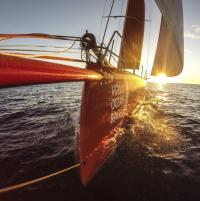
 More disturbing evidence has emerged in the death of Swedish journalist Kim Wall on the private submarine
More disturbing evidence has emerged in the death of Swedish journalist Kim Wall on the private submarine  Next year, the UK port of
Next year, the UK port of 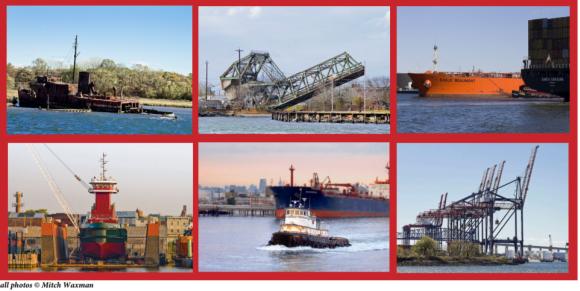 On Sunday, October 15, the
On Sunday, October 15, the 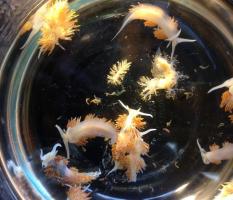
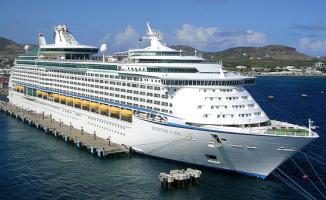
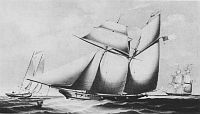 The schooner yacht
The schooner yacht 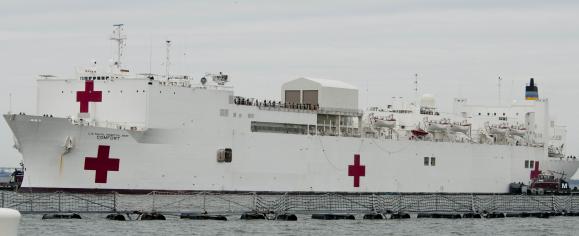
 The United States Coast Guard has set a new record for cocaine seizures at sea for the second year in a row. The
The United States Coast Guard has set a new record for cocaine seizures at sea for the second year in a row. The 